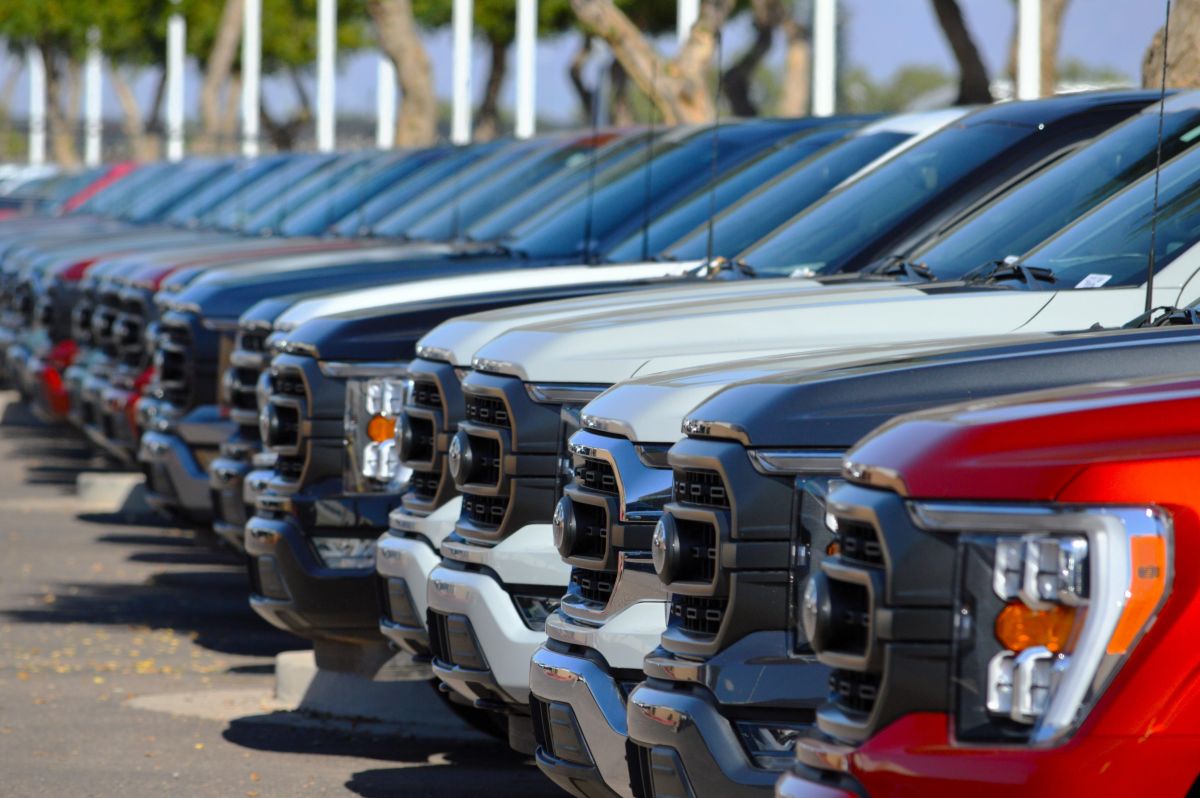The U.S. auto industry has reached peak truck, EVs are here to stay, Korean brands are outpacing competitors, and technology is reigniting customer excitement and dealer profitability. These are just some of the forecasts from the latest Dave Cantin Group Market Outlook Report (MOR), released Jan. 23 as the 2025 National Automobile Dealers Association’s (NADA) annual conference kicked off.
Dave Cantin Group, an advisor to retail automotive groups and their owners, publishes MOR, in partnership with Kaiser Associates, twice annually: at the start of NADA and again during Q2 earnings season in July.
“The Dave Cantin Group Market Outlook Report identifies and reports on key industrywide trends and issues that auto dealers, consumers and the global industry are facing headed into 2025,” said Dave Cantin, president and CEO of Dave Cantin Group. “Last year, the industry found its new normal, post-COVID. That’s all out the window as we start 2025, because of U.S. and global uncertainty around politics and regulation.”
MOR is based on data from a variety of current sources, including unique research and modeling, as well as surveys and interviews conducted among U.S. consumers, dealership executives, OEMs, supply chain players and industry analysts.
Key Takeaways from 2025 Market Outlook Report
We’re at Peak Truck: U.S. consumer preferences are finally moving away from trucks and SUVs toward more affordable sedans, driven by concerns over vehicle affordability. This trend promises to challenge manufacturers lacking competitive sedan offerings.
Korean Automakers Are Making Gains: Consumer preference for Korean brands is outpacing all others; they have achieved the perfect balance of product design, technology, pricing and reliability leading to increased market share and positive consumer sentiment. The improvements and affordability have found a sweet spot with consumers.
Hybrid and Electric Vehicles Have Arrived: Last year, this report said EVs would be just fine, now we’re saying they are undeniably here to stay. Together, hybrid and electric vehicles are a growth driver and with dealers becoming more receptive to selling these models, we can expect the combined segment to continue to steadily gain market share for the foreseeable future. This growth is supported by maturing infrastructure, decreasing battery costs and new battery chemistries, potentially leading to the launch of lower-cost EVs in the coming years. It has also driven surprisingly strong fixed operations for dealers.
Technology will Drive Top- and Bottom-Line Growth: Fresh out of CES 2025, it’s clear the automotive industry is experiencing a technological renaissance, with innovations in vehicle features helping to reignite consumer excitement. Technology is also driving more efficient dealer operations in every part of the store as dealers implement and use new technologies, such as AI and robotics, efficiently to drive profitability.
Consumer Sentiment is Ruling the Market Until the Political and Regulatory Environment Becomes Clear: There’s a bullish sentiment around automotive, but the unpredictability of political decisions -- particularly regarding U.S. trade policies and tariffs, as well as any retaliatory actions -- is creating challenges for the automotive sector. Post-COVID predictability just returned and now manufacturers and dealers must navigate this political uncertainty to make informed strategic decisions.
Global Nationalistic Competition Intensifies: International competition is intensifying, with foreign governments providing substantial support to their automotive industries. Think China, Korea, Japan, Germany. This dynamic poses challenges to a U.S. automotive industry without similar government backing and whose new president previously criticized U.S. government intervention.
Diverging Manufacturer Strategies: Headed into 2025, we anticipate automakers forging their own distinct strategic approaches to establish competitive advantages. Manufacturers will be placing more big bets than ever to win market share and this will lead to clear winners and losers causing industrywide disruption of the status quo.
Enhanced Network Control by OEMs: Automakers are exerting greater control over dealership networks and inventory management. This shift will force dealers to adapt to new operational models and expectations, and to face new attempts at direct-to-consumer sales models, as is the model at Tesla, Rivian, Lucid and now Scout. More than ever, auto dealers will need to evaluate automakers’ strategies, whether they will be successful and if they want to tie their fates to them.
White-Glove Dealer Service Gains Prominence: Dealers are introducing premium, personalized services -- such as at-home mobile service and prime appointment times -- to enhance customer satisfaction, increase customer retention, differentiate themselves in a competitive market, and drive more revenue.













